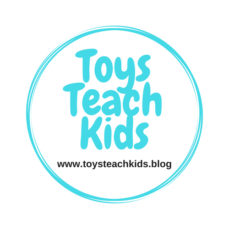One day I came across this list of Executive Functioning Skills and I said to myself, “That is exactly what makes a person successful.” So then I just had to know more. What are Executive Functioning Skills? How do I help build them in my children? How do I help residents I work with in long-term care maintain them?
The list of Executive Functioning Skills I am going to use comes from Peg Dawson, EdD and Richard Guare, PhD. I use this list because I love their books on the subject matter. I use them in my work with children and adults to challenge myself to think in a new way.
- Executive Skills That Involve Thinking
- Working Memory; Planning/Prioritization; Organization; Time Management: Metacognition
- Executive Skills That Involve Action
- Response Inhibition; Emotional Control; Sustained Attention; Task-Initiation; Goal-Directed Persistence; Flexibility
So what on earth does that have to do with brain matter? Well, I all I have to say is: Myelination. In simplified terms, the gray matter is the nerve cells and the white matter is the myelin. Executive functioning skills do not just happen, your brain goes through a process of myelination and pruning to help it run efficiently. Myelination happens through experiences. From learning to walk and talk as well as learning to not to say exactly what you are thinking (response inhibition) all happens through building the brain. The white matter, matters because it is what allows the different parts of the brain to communicate. A myelinated axon allows information to travel faster. The gray matter, matters because it is made up of the neurons and synapses that hold the information. A common phrase is neurons that fire together wire together. We actually have more synapses in the brain as a child then we do as an adult. The brain starts to prune away what is not useful to make it run more efficiently.
So if we think about the phrase “if you don’t use it, you lose it” that is why it so important to understand the role of experiences in both childhood and adulthood. Sensory experiences feed the brain. This is true of young children to aging adults. This is why I encourage people not to think of an experience as age appropriate, but as person appropriate. So often I have heard that is a baby toy when an older child picks up a toy that is found in the baby section or when working in long-term care surveyors and management may say to make sure an activity is not too childish. I want to challenge people not to look at the object based on what age it is appropriate for (unless we are talking about small parts and choking hazards), but to look at it as an experience and how that experience can stimulate the brain. It is the experiences that stimulate the brain and make your gray matter and white matter, matter.
Disclaimer: I may profit from clicking on an image and purchasing products.






